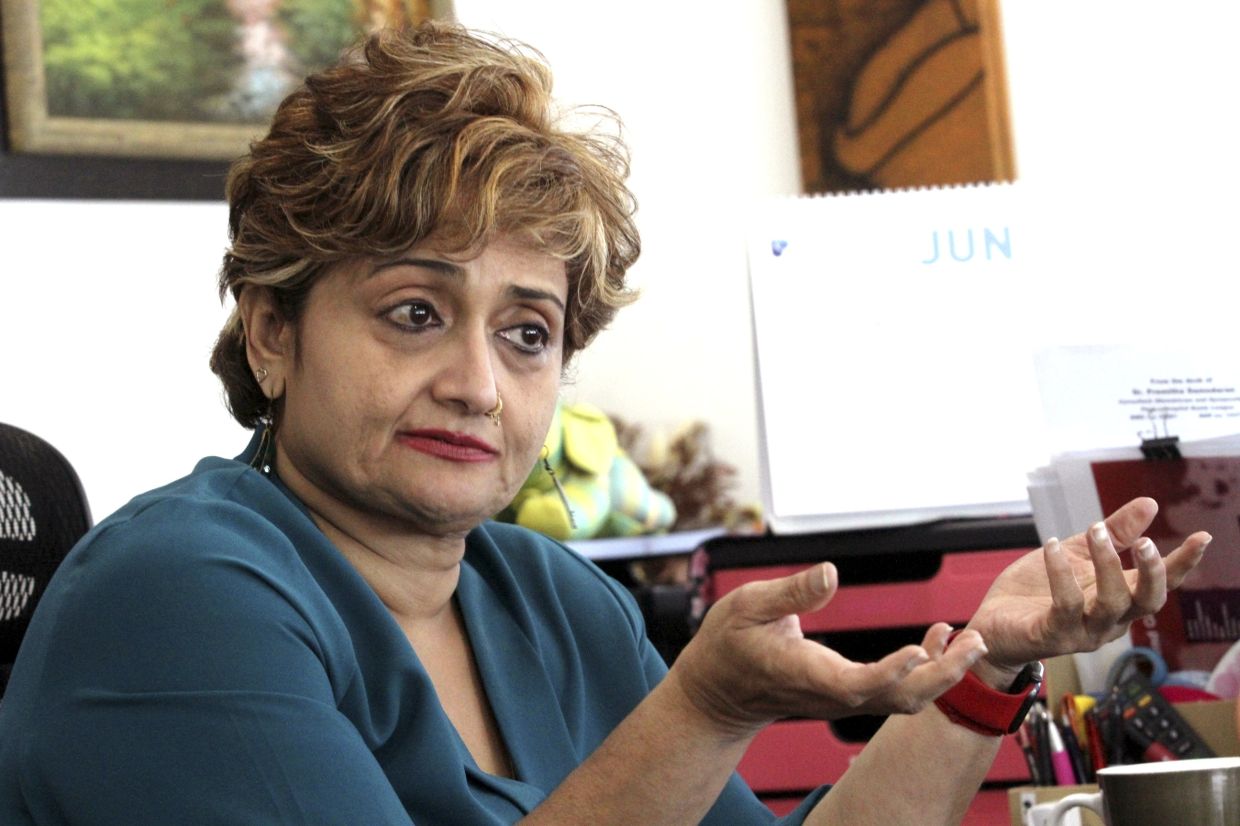Cardiovascular
Menopause, a crucial milestone in a woman’s cardiovascular health
Most women do not anticipate having heart disease. However, the undeniable reality is that cardiovascular disease (CVD) is the leading cause of death among women, both in developed and developing nations.
CVD kills one to two-and-a-half times more women in Malaysia than all cancers and yet women are more likely to perceive breast cancer as the leading killer.
The conventional risk factors for cardiovascular diseases, such as hypertension, dyslipidaemia, and diabetes, along with lifestyle-related factors like obesity, sedentary lifestyle, and tobacco use, remain the cornerstone of background risks.
There unfortunately exists a stark gender disparity in the recognition of CVD risks, symptoms, and treatment.
Women usually present with atypical chest pains or non-chest related pains, shortness of breath, weakness, fatigue, and indigestion. Women’s symptoms are more often precipitated by mental or emotional stress and less frequently by exertion. This leads to a delay in recognition of symptoms and treatment. More women are likely to have sudden cardiac death (SCD) before their arrival in hospital and almost two thirds of women with SCD have no previous symptoms.
Malaysian women are less likely to receive appropriate treatment after an acute coronary attack. They have also had twice the in-hospital mortality when compared to men following ST Elevation Myocardial Infarction (STEMI) and were more likely to die within that one year of a myocardial infarction. This is consistent with global data.
The menopause connection
Coronary heart disease in women generally occurs post menopause, typically 10 to 20 years later than in men. Estrogen plays a crucial role in providing protective benefits against heart disease in women.
However, as menopause sets in, this protective effect diminishes.
With increased life expectancy of Malaysian women now exceeding 75 years, and the average age of menopause in Malaysia typically between 50 and 51 years, a significant one-third of a woman’s life is in a state of estrogen deficiency.
Menopause brings about changes that are detrimental to cardiovascular health. Increased insulin resistance, deterioration of the lipid (fat) profile (especially an increase in low density lipoprotein and triglycerides), redistribution of weight to the abdomen (menopause belly) and an increase in visceral adiposity (body fat) contribute to the adverse cardiometabolic profile.
Prospective longitudinal studies have revealed that menopause associated vasomotor symptoms (VMS) such as hot flushes and night sweats are among the strongest predictors of subclinical CVD. A woman who has significant hot flushes and night sweats for more than two decades has a two-fold increased risk of subclinical CVD.
Talking about hormone replacement
So, would replacing the estrogen lost during menopause be the answer to preventing CVD in menopausal women? The controversies behind menopausal hormone therapy (MHT) are slowly being put to rest.
We now have the benefit of understanding three decades of observational and randomised controlled trials, along with carrying out stratified analyses based on the age of the woman, her years since menopause, presence of an intact uterus, review of contraindications and performing standardised risk assessments of CVD and breast cancer prior to MHT use.
This, in other words, means individualising and tailoring MHT for the woman in need.
MHT is presently recommended for healthy menopausal women of less than 60 years or within 10 years of menopause for the treatment of moderate to severe vasomotor symptoms (hot flushes and night sweats), reduction of bone loss and fractures and improvement of vaginal health.
In these women, the risk of cardiovascular disease (including strokes and venous thromboembolism) is low and MHT improves their quality of life.
Robust data confirm that estrogen protects the heart when taken early in the menopause and continued use of estrogen therapy decreases the risk of coronary heart disease.
However, the role of inflammation in the pathogenesis of cardiovascular disease cannot be denied. C-reactive protein (CRP) is recognised as the strongest independent predictor of myocardial infarction and cardiovascular mortality in apparently healthy women Oral estrogen therapy has been associated with increasing CRP levels.
This has heralded a shift to the use of transdermal estrogen therapy in women with a higher risk of CVD who require MHT. Transdermal estrogen preparations bypass the liver and as a result do not increase CRP and thus, does not increase the risk of CVD. Transdermal estrogen therapies are available in Malaysia in the form of gels and sprays and are advised in women who are obese, with metabolic problems, high triglyceride levels, at a higher risk of clots and venous thromboembolism (VTE) and gallstones.
The timing hypothesis is practiced; MHT started in the perimenopause or early postmenopausal period is cardioprotective and it does not cause progression of atherosclerosis or increase in carotid intima thickness whereas MHT begun late after menopause increases the risk of CVD.
Women who menopause early (40 -45 years) or have premature ovarian insufficiency (menopause before the age of 40 years) are strongly advised hormonal therapy as their risk of CVD and bone loss is three to five times more than expected.
Body identical hormones have been extensively researched and are advised in MHT preparations.
These are exact duplicates of estrogen and progesterone hormones available in the woman’s body and do not increase her risk of CVD, stroke, VTE and breast cancer.
There is presently no time limit for MHT use, the only criteria being an annual benefit – risk assessment carried out along with relevant investigations.
Today, CVD is still assumed to be a “man’s disease”. The Lancet Women and Cardiovascular Disease Commission in 2021, emphasised that “cardiovascular disease remains understudied, under-recognised, underdiagnosed and undertreated”.
Acknowledging menopause as a crucial milestone in a woman’s cardiovascular health is essential, and it necessitates a call to action.
Dr Premitha Damodaran is a consultant obstetrician and gynaecologist and chair of the Obstetrical and Gynaecological Society of Malaysia (OGSM). In conjunction with World Menopause Day 2023, the OGSM is launching Menopause: Mend-your-Pause Patient Education pamphlets to improve awareness about menopausal health in Malaysia.

